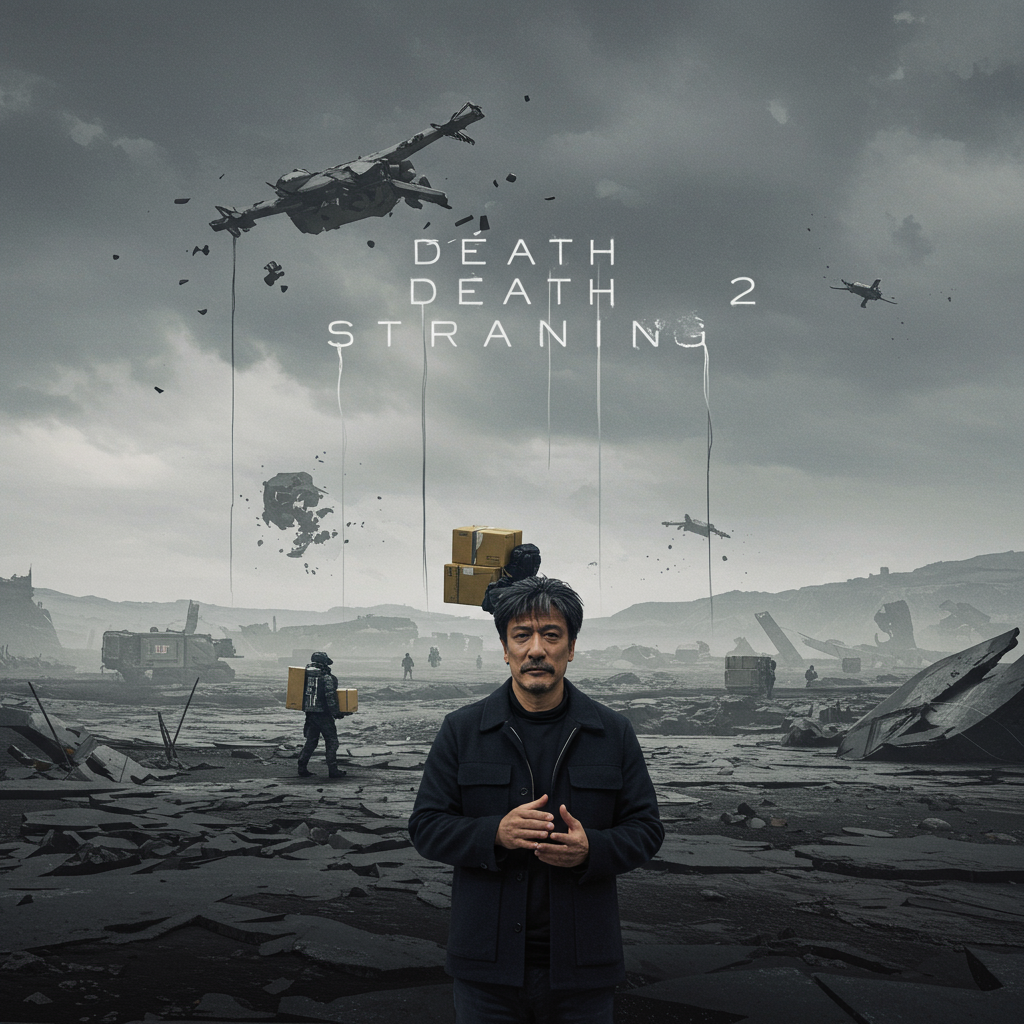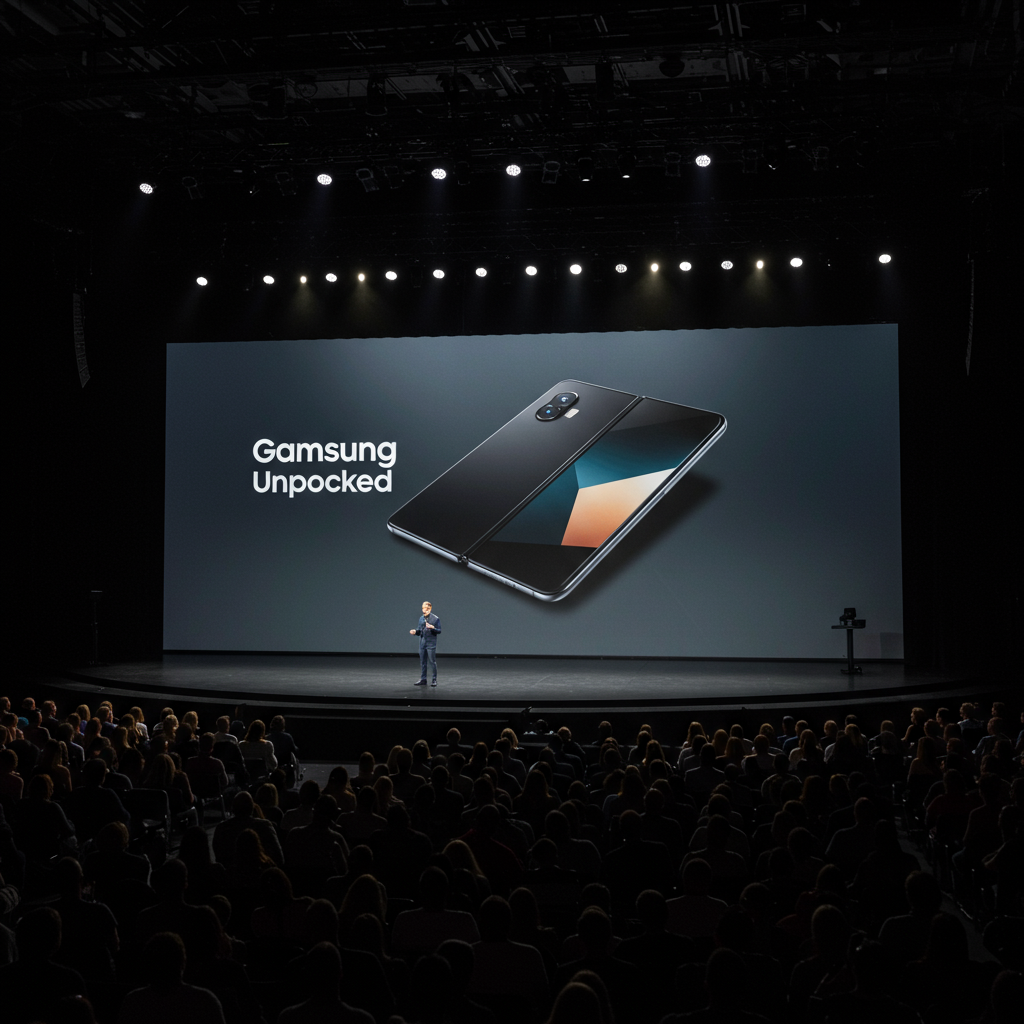Death Stranding 2: A Video Game Reflecting Modern Anxieties
In a world dominated by high-octane action games featuring super-soldiers and explosive combat, Death Stranding 2 offers players a surprisingly grounded, even mundane, core mechanic: delivery work. This highly anticipated video game, written and directed by legendary creator Hideo Kojima, casts players in the role of a courier navigating a fragmented, post-apocalyptic landscape. But don’t expect glamorous combat throughout; instead, much of the gameplay involves the gritty reality of hauling packages, balancing precarious loads, traversing challenging terrain, and even facing penalties for damaged goods. It’s a premise that, on the surface, mirrors the unglamorous yet essential labor of modern delivery drivers, facing tough geography, demanding schedules, and unpredictable conditions.
Players control Sam Porter Bridges, a character voiced and portrayed by actor Norman Reedus. In this future world, civilization exists in isolated pockets, connected primarily by these couriers who transport vital goods and establish digital links to a fledgling network. Sam’s role is a unique blend – part haunted delivery person, part essential telecoms engineer, tasked with reconnecting a fractured society, one package at a time.
Beyond Delivery: Exploring Societal Anxieties
While seemingly niche, this eccentric setup serves as a powerful vehicle for Kojima to delve into two pressing anxieties of our current era: the increasing erosion of genuine human connection by digital substitutes, and the growing unease surrounding technological advancements like AI and automation potentially rendering human roles obsolete. Death Stranding 2 invites players to consider how technology can subtly alienate us, not just from others, but from our own physical existence.
Released in late 2019, the first Death Stranding found unexpected resonance when the world entered pandemic lockdowns. Its themes of isolation and delivering essentials to disconnected communities felt acutely relevant. The sequel arrives at a time when anxieties around digital connectivity and computing power are arguably even more pronounced. With remote work normalized and loneliness rising despite constant online interaction, the game poses timely questions about whether our digital tools truly connect us or merely accelerate a hollowing out of communities.
The “Amazonification” of society – the pervasive integration of delivery, digital platforms, and convenience into daily life – serves as a key backdrop. This trend isn’t confined to package delivery; it extends to how we consume services, increasingly aggregating various aspects of life into ‘super apps’ and membership programs aimed at capturing user loyalty and spend. Companies like Uber, for instance, have strategically evolved from simply transportation to becoming broader lifestyle platforms, integrating food, grocery, and even retail delivery, often leveraging membership tiers akin to Amazon’s Prime to encourage deeper engagement. Death Stranding 2‘s portrayal of scaling delivery operations and integrating scattered services into a unified network directly taps into this contemporary societal shift.
Gameplay as a Metaphor for Modern Life
The game’s mechanics are woven into this commentary. Players initially navigate the world on foot, using basic gear like ladders and climbing anchors. Interactions with recipients often occur via holograms, eerily similar to modern digital doorbells, emphasizing distance over physical presence. As settlements are connected, the network expands, and structures built by other players – roads, charging points, zip lines – appear in your world, illustrating the tangible benefits and efficiencies of interconnectedness and shared effort.
As Sam progresses, he gains access to vehicles and advanced tools, dramatically speeding up deliveries and increasing capacity. This mirrors the logistical scaling seen in the real-world expansion of delivery services. However, a core, compelling paradox emerges: Sam is actively building the very infrastructure and systems that will eventually make his laborious, manual courier job less necessary. It’s an extended metaphor for the anxieties surrounding automation and human obsolescence in a rapidly advancing digital world.
The Physical Self in a Virtual World
Crucially, Death Stranding 2 insists on reminding players of the protagonist’s physical reality. Sam needs to drink from his flask, eat bugs when hungry, and attend to his bodily functions, even featuring an on-screen urine gauge. He showers and cleans off the grime of travel, and can suffer sunburn if exposed for too long. These details, often overlooked in typical video games where heroes are tireless ciphers, ground Sam in a tangible body that needs care. “Communicating with someone via hologram is no substitute for being able to reach out and touch,” one character observes, underscoring the game’s emphasis on the irreplaceable nature of physical interaction.
Beyond the physical, Kojima explores the emotional landscape, particularly grief. Sam experiences a profound loss early on, which manifests as hallucinations and night terrors, visually and narratively distorting his reality. This depiction is imbued with striking authenticity, echoing Kojima’s own shared experience of childhood loss after his father’s sudden death. While Sam travels alone much of the time, the game’s themes of unsaid things and emotional weight resonate, even amidst the digital connections suggested by other players’ contributions.
Ultimately, Death Stranding 2 feels less like a simple critique of digital life and more like a thoughtful appeal for balance. Kojima doesn’t merely caution against digital reliance; he uses the game to highlight the essential, tactile truths we risk leaving behind – the feeling of physical burden, the need for rest, the fundamental reality of our bodies, and the irreplaceable value of physical human connection. In a world increasingly mediated by screens and convenient digital illusions, the game suggests that our physical presence and the bonds we share in the tangible world remain our most meaningful refuge.




